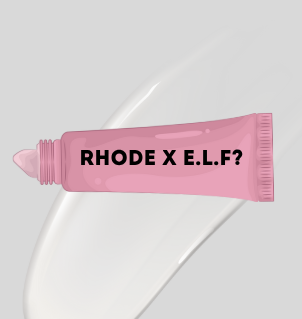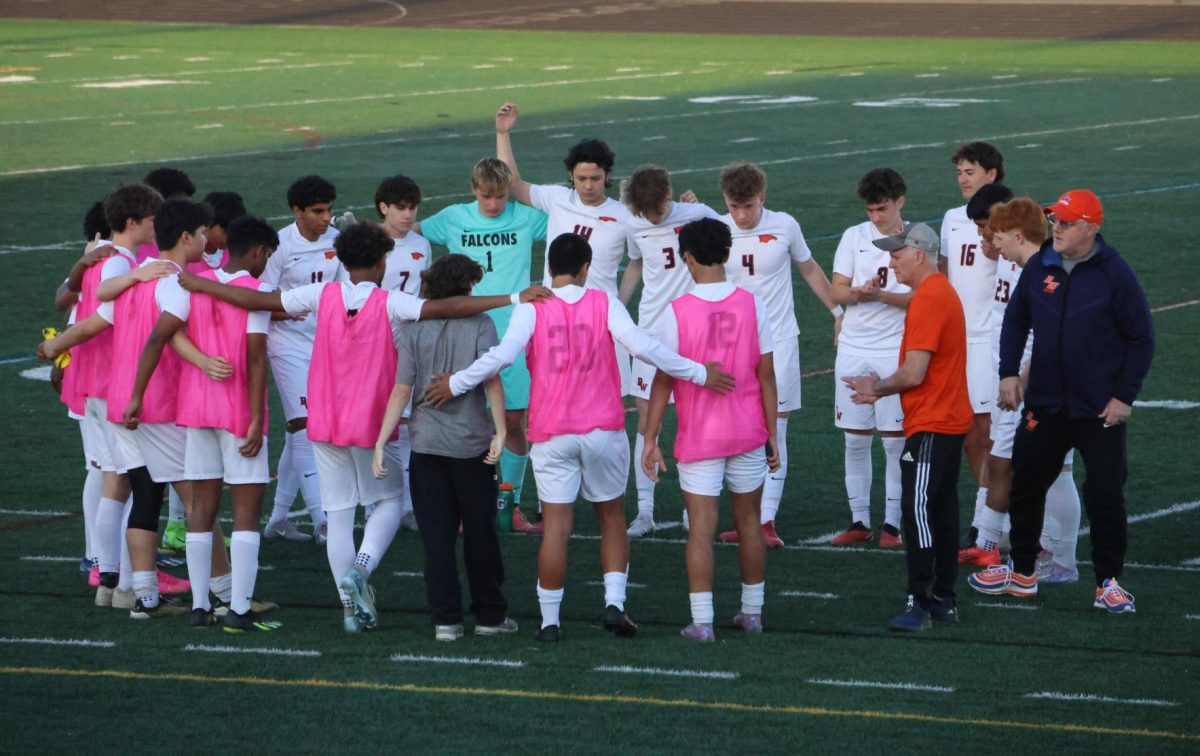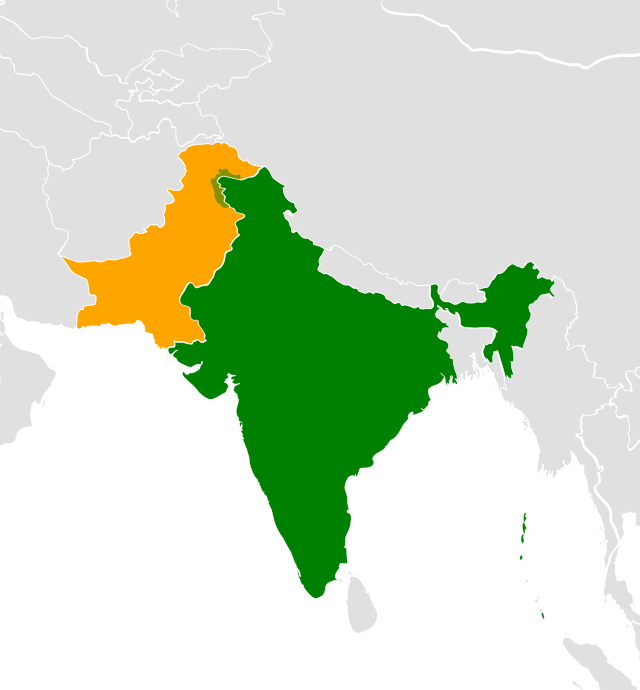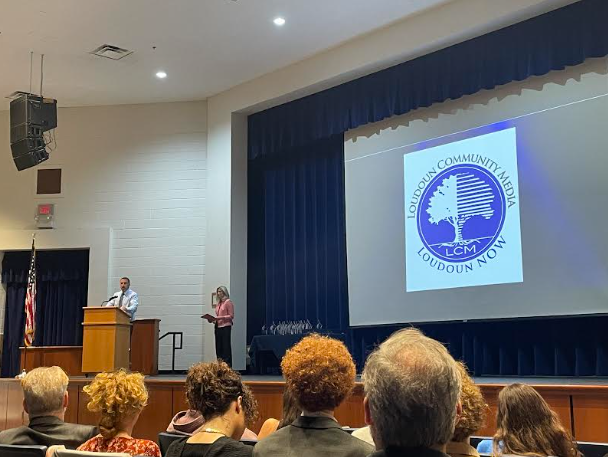As the season’s change, so do wardrobes. Fall is coming up and we’re already starting to see seasonal trends arise. The main problem with this: the harmful nature of microtrends on sustainability. Defined in a Harvard Crimson article, “microtrends are fashion fads that experience a surge in popularity before often falling off just as quickly.” A recent example of this is “Barbie-core,” which gained popularity around the world at the time of the “Barbie” movie release. Stores released as much pink merchandise as they could, but where did it all go as soon as the Barbie excitement faded away? Time and time again, fast fashion ends up in a landfill as soon as it’s deemed “out.”
The spread of ideas across the world is easier now than ever before since the start of the digital age. “Social media really promotes whatever trend is currently trending, [and] it sheds light on companies that might not be more noticeable [which] leads to consumers buying whatever is in the moment,” junior Mia Naimi said.
Junior Krish Anand elaborates on social media’s role, saying “[it] has a big influence on microtrends because big influencers get small brand deals, and then they start to promote these things that may or may not be the best for consumers. Just because they’re big fashion names, people buy into that, and they don’t do their own independent research which is harmful.”
Furthermore, the rapid production of clothes en masse has drawbacks pertaining to sustainability. “with fast fashion we see developing nations trying to mass produce clothing and because they’re developing nations they don’t have an incentive to have clean factories which emits higher emissions into our planet and atmosphere and that causes bad things to happen like climate change,” Anand said.
The only way for these clothes to be sold for cheap is when they are made even cheaper. Low quality fabrics and dyes that are commonly used in fast fashion are found to have toxic properties, posing as a threat to the consumer and subsequently the environment when the garment goes to a landfill. From Business Insider, fashion production comprises 10% of total global carbon emissions. Fast fashion pollutes the planet’s land, water, and air, and yet there is a fear of no end in sight.
“I would like there to be [some end] but with eras we’ve seen in the past decades, there’s trends that come and go, and there’s a continuing pattern of them” Naimi said.
However, there is still hope for a brighter future.“ [There’s an end] only if we have an incentive to end it. If we don’t educate people who use social media and blindly follow influencers who are promoting these things, then there’s no way to end it. But if people are willing to be educated and do research on their own, then we can end it,” Anand concludes.















